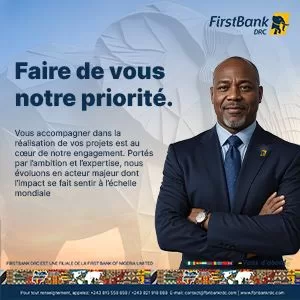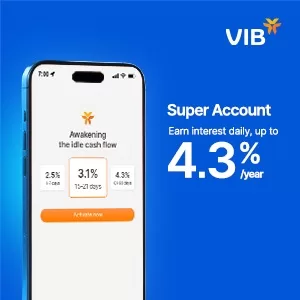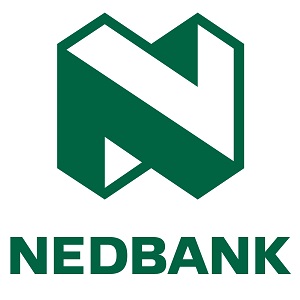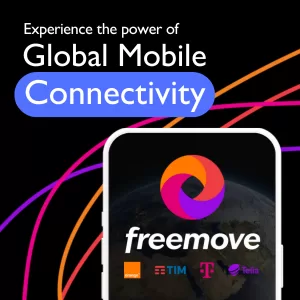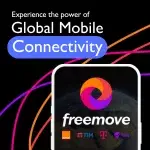Sports
The Streaming Surge: ESPN and FOX Join the Race, But Who’s Still Watching?
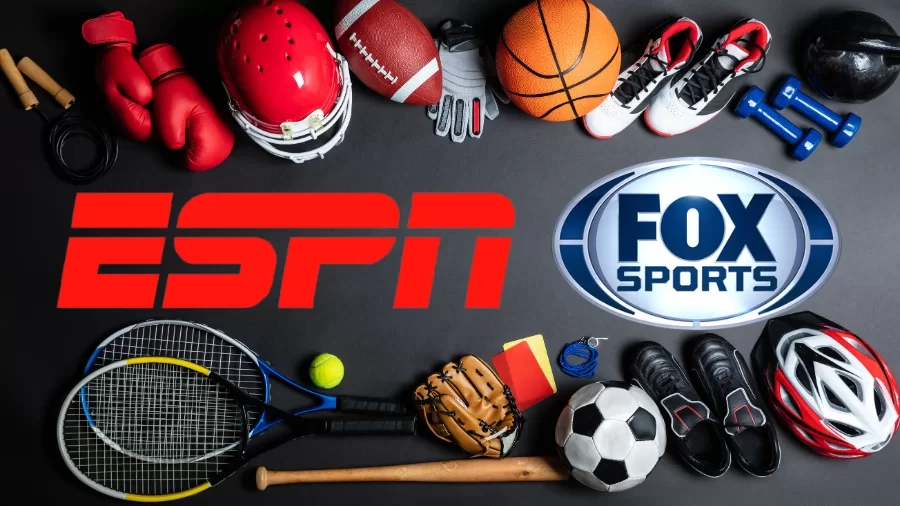
- With ESPN and FOX now going into D2C, new platforms are to be launched in 2025.
- With already over 250 streaming services in the world, market saturation is quickly becoming an issue strategically.
In May 2025, ESPN announced its long-anticipated direct-to-consumer streaming service. It will be called simply ESPN — a deliberate choice that leans heavily on the legacy and recognisability of its brand.
The new platform is expected to include full access to ESPN’s linear networks, integrate content from ESPN+, and offer a consolidated destination for premium live and on-demand sports content.
FOX, meanwhile, has moved in a different direction. Following the cancellation of the joint Venu Sports venture with Warner Bros. Discovery and Disney earlier this year, FOX is now preparing to launch its independent streaming platform, Fox One.
Fox One is scheduled to debut in time for the 2025 NFL season and will focus on delivering FOX’s core live sports offerings, including NFL, MLB, and college football. Details on pricing and bundling are still emerging, but early announcements confirm that the platform will operate as a standalone service at launch.
Too Many Streams?
By the end of 2024, more than 250 streaming platforms were operating worldwide.
In the UK, the average household subscribes to 4.4 streaming services, up from 3.7 in 2022. But growth has slowed. A recent industry survey suggests 63% of British consumers feel “overwhelmed” by the volume of content options.
Content fatigue is growing.
Every new platform competes for time, attention, and wallet share. ESPN and FOX are not just expanding — they’re entering at a time when consolidation, not expansion, is top of mind for many consumers.
What the Data Shows
- Global sports streaming revenue is projected to hit £45 billion by 2026
- In 2024, over 58% of UK live sports viewers accessed games via digital platforms
- Live sports accounted for 54% of linear ad spend in the US last year
- Sports content can command up to 6x higher ad rates than scripted programming
- Nearly 1 in 3 UK sports fans are open to paying for one-off match access rather than full subscriptions
Naming Strategy: Familiar vs. Focused
ESPN’s use of its existing name reflects a strategy grounded in brand equity and audience loyalty. It wants to be seen as a continuous presence in sports, not a new product.
FOX’s decision to launch Fox One underscores a separate approach — one focused on streamlining its content within a defined user experience. The name builds on the FOX brand while offering room for growth under a distinct digital label.
Still, challenges remain. New platforms must break through the noise, especially in markets like the UK, where local sports broadcasters already dominate mindshare.
Why This Matters for Rights, Brands, and Viewers
If you work in sponsorship, media planning, or digital content delivery, these moves reshape how audiences are targeted and retained.
- Will marquee events like Wimbledon or the Six Nations shift to exclusive streaming deals?
- Can global platforms compete with Sky, BBC, and ITV for UK sports rights?
- Are advertisers ready to follow audiences into another paid environment?
These are the kinds of questions shaping brand strategy in 2025.
The UK Lens
UK brands spent £930 million on sports sponsorships last year, most of it linked to in-match and broadcast placements.
As more events move online, the structure of those placements is shifting. Some platforms reduce sponsor visibility by design. Others open up new data-driven possibilities — personalised overlays, interactive tags, and modular assets that adapt in real-time.
Agencies are testing these options in real campaigns. From London to Leeds, marketers are now measuring ROI not just in impressions but in adaptive engagement.
The Technical and Strategic Challenges
Launching a streaming platform isn’t just about content. There are operational and market challenges that both ESPN and FOX must navigate:
- Discovery: Viewers want ease. Complex interfaces and poor search can sink early adoption.
- Pricing: Early reports suggest fees above £15/month — competing with Netflix, Prime, Disney+ and others.
- Rights Complexity: Existing deals limit what can be shown and where. Geo-blocking and blackouts remain unresolved.
- Bandwidth and Latency: Live events must stream flawlessly. Users won’t tolerate lag during major match moments.
Trust will depend on execution.
Where It Could Go
Expect ESPN and Fox One to experiment with tiered access, one-off passes, and AI-personalised ad modules.
There is also likely to be consolidation. Smaller niche platforms could fold into larger ecosystems, offering bundled access in sports-specific app suites.
And the ad experience will change. Think: halftime product drops, player-specific promotions, and real-time betting integrations tailored by viewer location.

